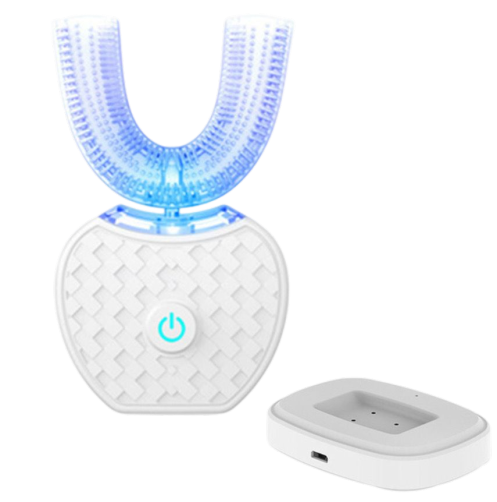Causes of Tooth Stains and Discoloration

Tooth discoloration and stains are common dental issues that can be caused by various factors. Understanding the causes and preventive measures can help you maintain a bright, healthy smile.
There are three main types of tooth discoloration: extrinsic, intrinsic, and age-related. Extrinsic stains affect the tooth enamel and are often caused by foods, beverages, and tobacco. Intrinsic stains occur within the tooth and may be caused by medications, tooth decay, or genetics. Age-related discoloration results from the natural wearing of enamel over time.
Certain foods and drinks can stain your teeth, such as red sauces, red wine, tea, coffee, and chocolate. Tobacco use, both smoking and chewing, can also contribute to tooth discoloration. Aging, tooth injuries, and certain antibiotics taken during childhood can also cause stains.
To remove or reduce stains, various whitening options are available. In-office treatments offer quick and long-lasting results, while at-home treatments with custom trays can be used over several weeks. Over-the-counter products like whitening toothpastes and strips are effective for surface stains but may not work on intrinsic stains.>
Preventing tooth discoloration involves practicing good oral hygiene, brushing and flossing regularly, and using whitening toothpaste or mouth rinse. Limiting consumption of pigmented foods and beverages, quitting smoking or chewing tobacco, and seeking prompt dental care for any discoloration can help maintain a bright smile.
In conclusion, tooth discoloration can occur due to multiple factors. By understanding the causes and taking preventive measures, you can keep your teeth looking their best and maintain good oral health. Regular dental checkups are essential for identifying and addressing any underlying issues that may contribute to tooth discoloration




